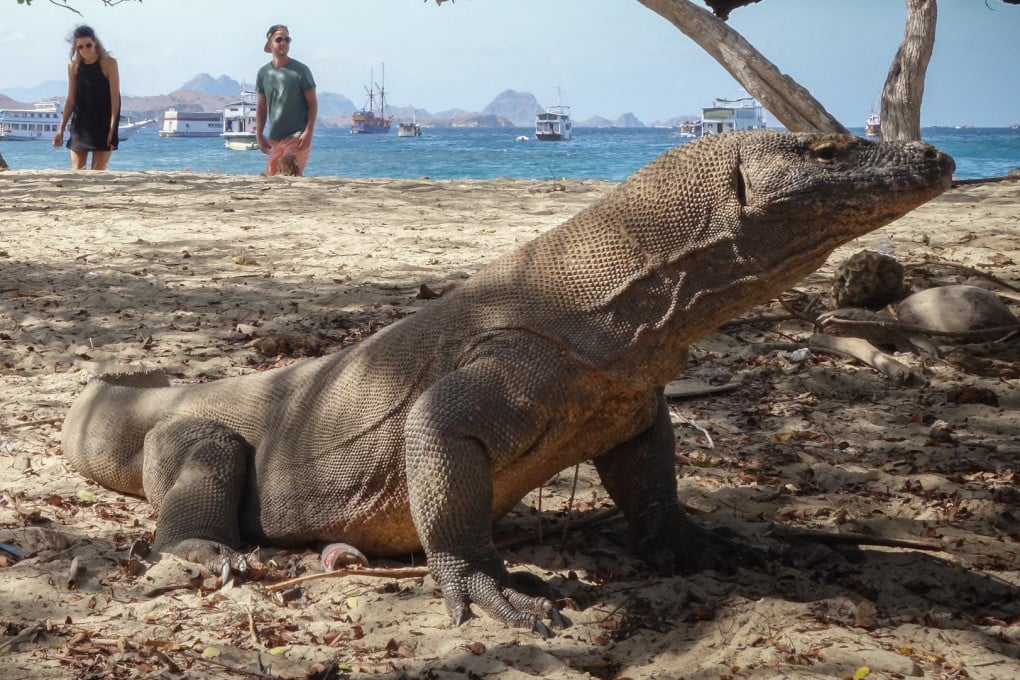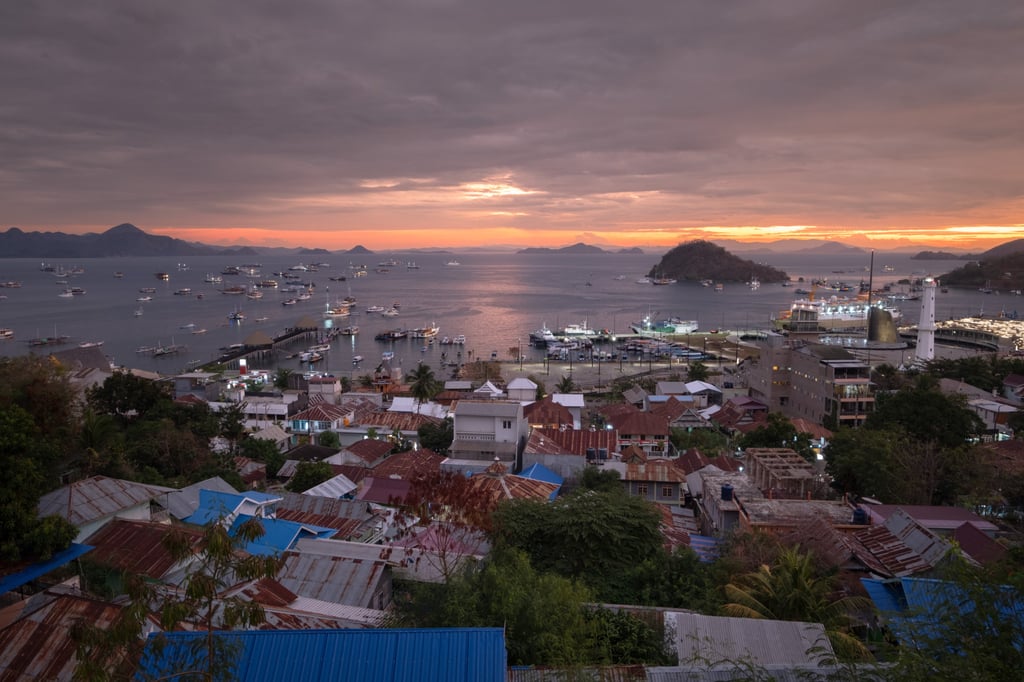How Indonesia’s Komodo dragons found themselves at the centre of a livelihood vs conservation debate
- The government plans to raise the entry fee for Indonesia’s Komodo National Park 2,400 per cent, from US$10 to U$250, prompting protests in nearby Labuan Bajo
- Most local tourism operators agree that fees should cater to different categories of visitors, and there should be workable long-term controls on their impact

Seen from the elevated Puncak Waringin area, the spectacle is deceiving. Dozens of yachts, traditional wooden pinisi schooners and smaller dinghies float in the bay of Labuan Bajo town, and a modest skyline of five-star resorts is starting to obscure the sea.
The westernmost port town on Flores island, in Indonesia’s far-flung East Nusa Tenggara archipelago, looks set to keep welcoming tourists.
But Labuan Bajo is at the centre of a tug of war between necessary post-pandemic economic recovery and nature conservation.
Being a gateway to the 1,733-sq-km (670-square-mile) Komodo National Park is both a blessing and a curse for the town.

Established in 1980 to protect the giant lizards found only on the islands of Komodo, Padar and Rinca, the park became a Unesco World Heritage site in 1991.
Since then, Komodo has put Labuan Bajo, as well as Flores, on the map. In 2018 alone, 200,000 tourists came to see the dragons – but mass tourism also brought an avalanche of changes.
